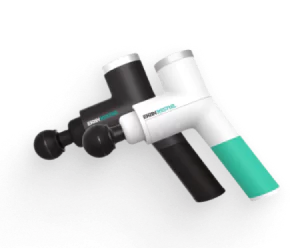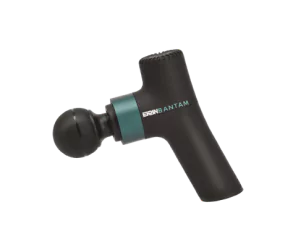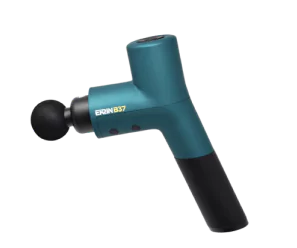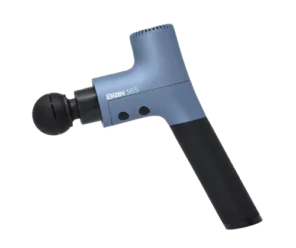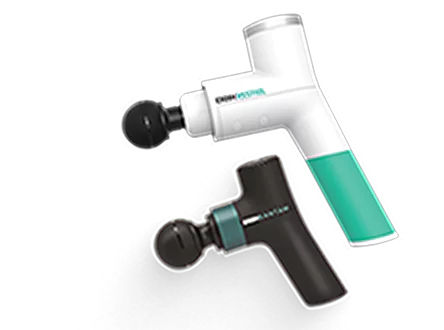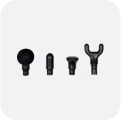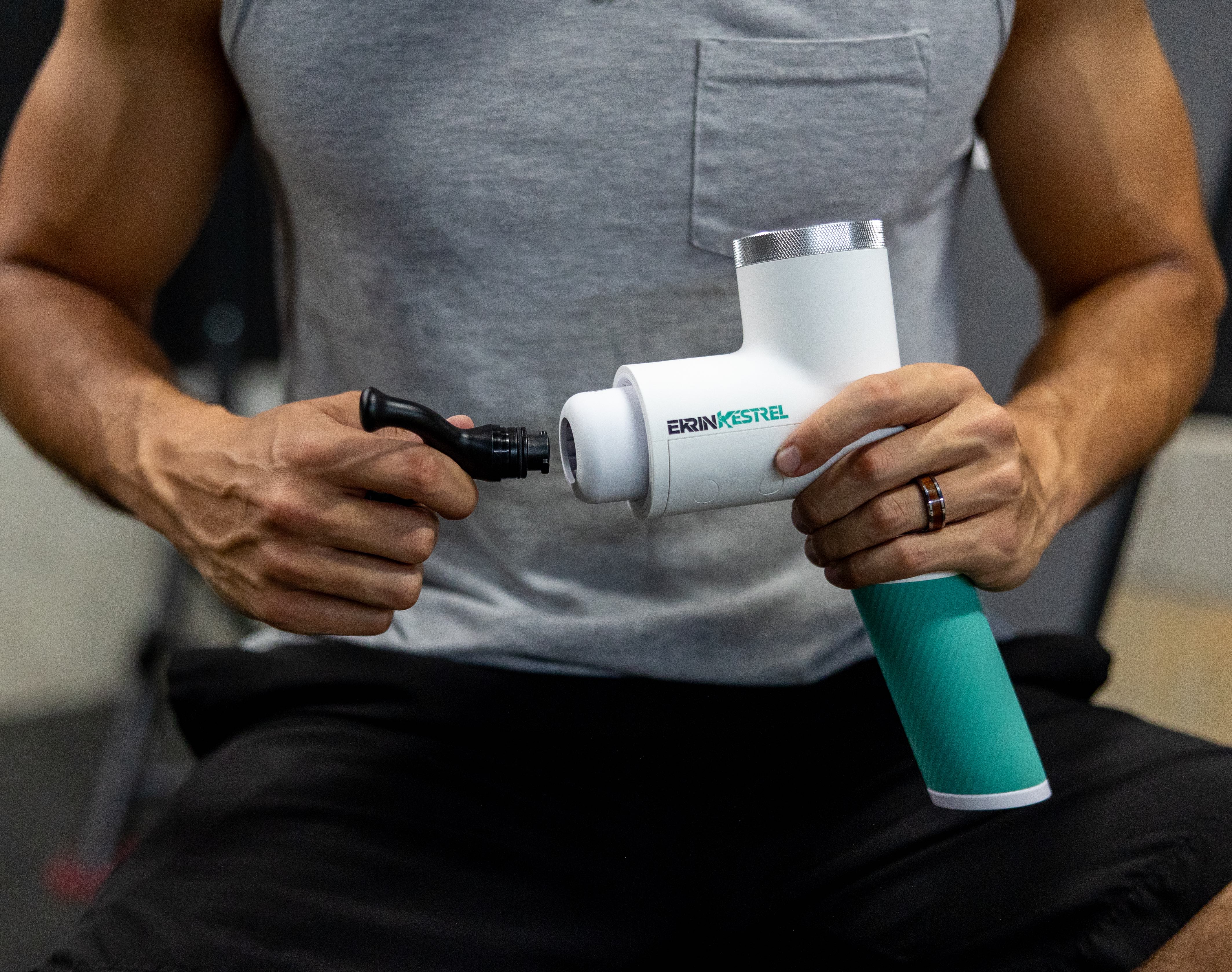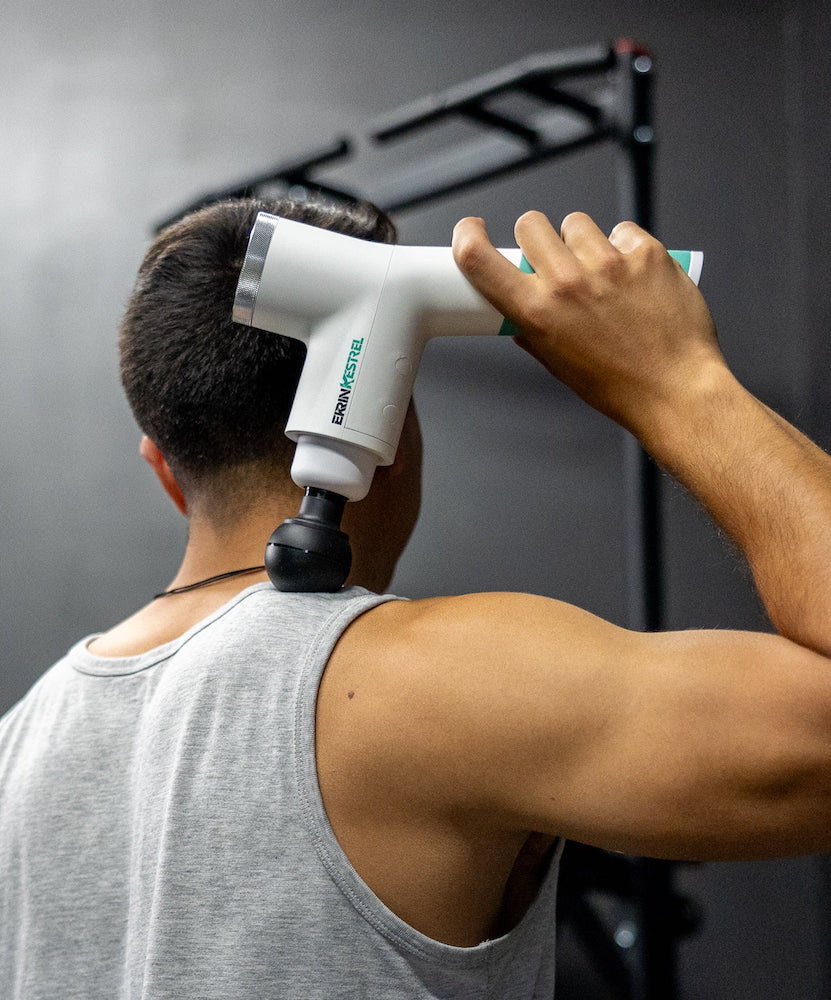
Like exercise itself, the act of recovering from exercise is highly individual. Many people who work out frequently have established some sort of post-workout routine to fend off dreaded DOMS and keep their bodies healthy. CrossFitters in particular must stay at-the-ready for anything a WOD (workout of the day) might throw at them, so the CrossFit world heavily prioritizes workout recovery.
Whether you’re new to CrossFit or are a longtime box-goer, it’s essential to have a post-workout plan and keep the right tools in your muscle recovery toolbox. That’s where this guide comes in: Follow these five simple steps to properly recover after a tough CrossFit workout.
In this Article:
• Clear metabolic byproducts with active recovery
• Give your tissues some TLC
• Re-mobilize to prepare for tomorrow
• Sleep it off
There’s a small window of time after a workout during which your body becomes extremely responsive to nutrition. The bioavailability of foods (how much of the nutrient content your body can absorb from the food) is thought to be higher when your body is depleted — like after a grueling bout of Fran.
Keep high-quality protein and fast-digesting carbohydrates in your gym bag to easily prioritize post-workout nutrition. The carbs will replete your glycogen stores, while protein helps your muscles recover and rebuild. Keep in mind that more research is needed to confirm the effects of an “anabolic nutrition window,” so you can still benefit from a hearty meal a couple of hours after your workout. No matter what time you eat, make sure to consume protein and carbohydrates.
When you work out, your body produces all sorts of metabolites for energy, strength, and endurance. The most notable is lactate, the compound that gives your muscles that full, burning sensation during intense workouts. Your body produces lactate when there isn’t enough oxygen to fulfill the demands of exercise, because your body can use lactate for energy through anaerobic metabolism.
So, all in all, lactate is a good thing — but sometimes, that buildup (and buildup of other metabolites) remains in your muscles after you work out, contributing to soreness and decreased performance. To clear metabolic byproducts like lactate, engage in active recovery. Examples include cycling on the Airdyne at a slow pace, walking 400 meters, or flowing through a gentle yoga sequence.

Your body contains many different types of tissue, a few of which are heavily impacted by exercise: muscle tissue, fascia, tendons, and ligaments. All of these tissues can become tight and sore after tough workouts, leading to discomfort and reduced physical performance during subsequent workouts.
Luckily, you can essentially “mash” these connective tissues for pain relief and recovery. Using items like a handheld massager, foam roller, lacrosse ball, or stick roller can smooth out adhesions and break up knots. Research shows that soft-tissue manipulation works best when performed immediately after a workout, so it’s a smart idea to keep your handheld massager in your gym bag.
Finally, take your body through a stretch flow before you leave the gym. According to studies, the true effect of stretching post-workout isn’t clear, but in studies that show it does help, stretching seems to have the most dramatic effect when performed shortly after exercise.
Even if stretching doesn’t explicitly reduce muscle soreness, it does improve range of motion and flexibility, both of which improve your overall fitness performance. Because your muscles are already under duress, stick to gentle static stretching (versus dynamic stretching) post-workout.


An oft-overlooked component of muscle recovery, sleep — although last on this list — comes first in the hierarchy of workout recovery tactics. If you don’t get enough sleep, you can expect every other part of your recovery routine to be for naught. Trust the science: Research shows that sleep debt can lead to muscle loss, hinder muscle recovery, and even temporarily impair strength.
